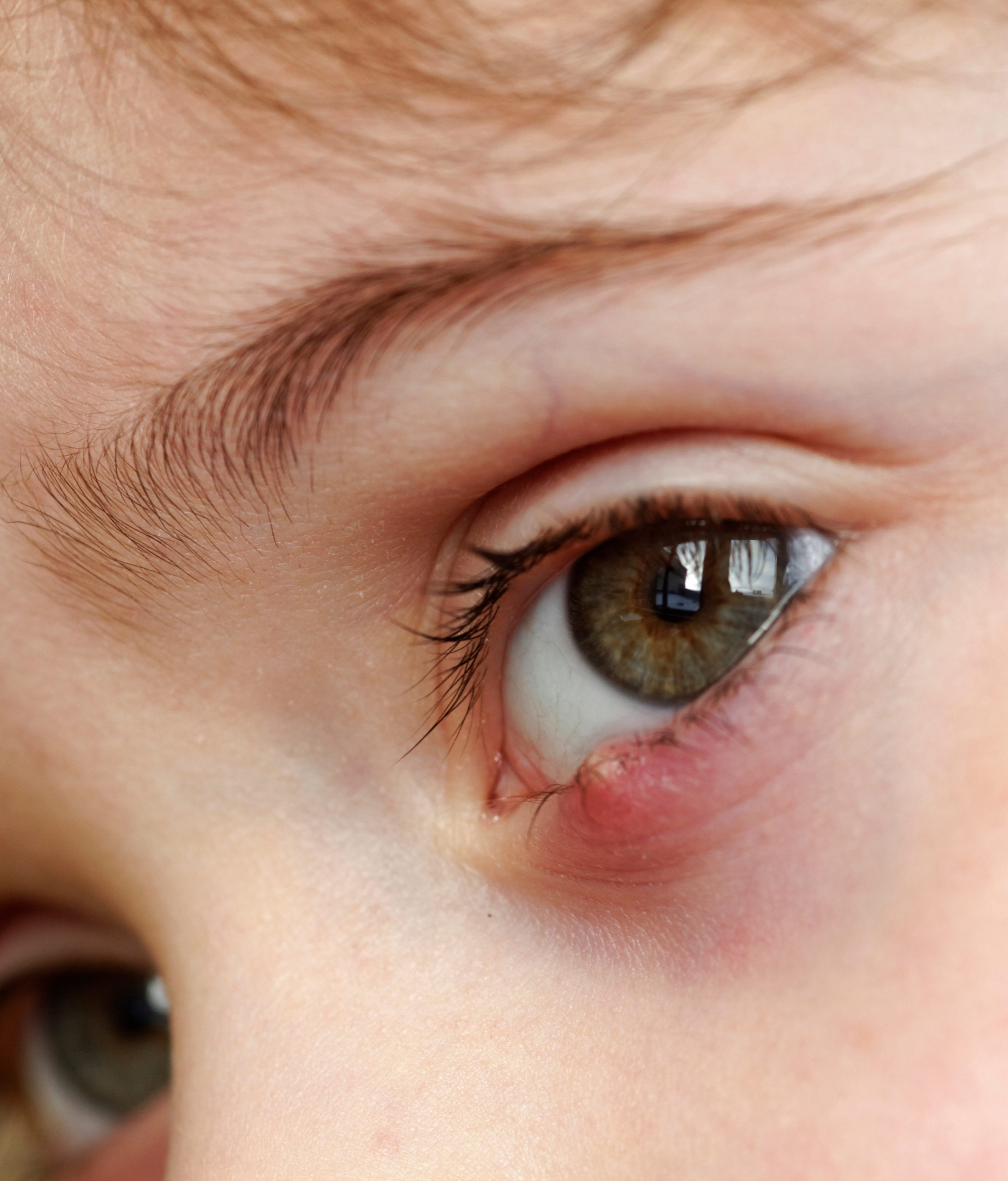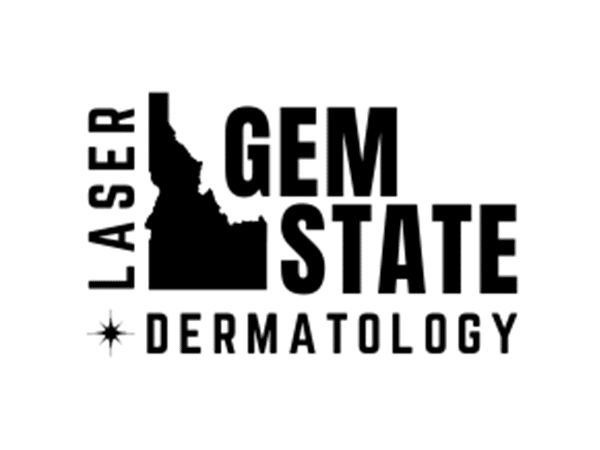
Staph Infections
IMPETIGO
CAUSE: Impetigo is a bacterial infection in the skin. While the germs causing impetigo may have been caught from someone else with impetigo or boils, it usually begins without any apparent source of infection.
TREATMENT: Antibiotics taken by mouth usually clear impetigo quickly. It is most important to take the antibiotic faithfully until the prescription is completely used. Do not share your antibiotics with anyone else, even if they have a similar condition. In addition, an antibiotic ointment may be applied thinly 4 times a day. Bacitracin or Polysporin ointments are advised and can be purchased without a prescription. Crusts should be removed before the ointment is applied. Soak a soft, clean cloth in a mixture of one-half cup of white vinegar and one quart of lukewarm water. Press this cloth on the crusts for 10 minutes, 3 times per day. Then gently wipe off the crusts and apply antibiotic ointment. You may stop soaking the impetigo when crusts no longer form. When the skin has healed, stop the antibiotic ointment.
CONTAGION: Impetigo is only contagious when there is crusting or oozing which usually ends within 2 days after treatment starts. During that period take the following precautions:
1. Patients should avoid close contact with other people and wash their hands frequently.
2. Children should be kept home from school for 1-2 days.
3. Towels should not be shared. The patient’s towel, pillowcase and sheets should be changed after the first day of treatment. The patient’s clothing should be changed and laundered daily for the first 2 days.
After this time, children can return to school and other precautions can be stopped. If the impetigo worsens during treatment or does not heal in 1 week, contact our office or return for evaluation. Please do not hesitate to call us if you have any questions or problems.
Treatment for Staph Infections and Decolonization
Personal Hygiene
1. Use over the counter Hibiclens liquid soap to shower daily for 5 days. Avoid getting soap or lather into the ears or on face. Be sure to treat the skin folds, genitals and between the digits. Rinse completely after soaping.
2. Apply Bactroban/Mupirocin ointment into the nostrils 2 times a day for 5 days and then the first two days of every month. Use Bactroban/Mupirocin as a first aid cream to any cuts, abrasions or sores 2-3 times a day.
3. Cover any wounds with clean dry dressing.
4. Wash hands frequently, especially after touching the nose or open wounds.
5. Use pump soap. Avoid bar soap. Use antibacterial hand gels frequently. Discard lotions in jars and replace with pump lotions.
6. Do not share razors. Clean blades with alcohol after each use.
7. Remove all piercings or jewelry that causes irritation while being treated with antibiotics.
8. Remove acrylic or silk wrapped nails. Scrub under the nails with a good nail brush and soap.
9. If wound drainage or other infections cannot be fully contained, limit physical contact (i.e. hugging, hand shaking or sharing a bed) with others.
10. Soak in bleach bath for 15 minute every day for 5 days. Use one quarter cup of bleach per bath tub.
Home Hygiene
1. Clean and disinfect contaminated surfaces. Routinely clean shared equipment including athletic equipment. Refrain from sharing personal hygiene items.
2. Laundry instructions: Wash bed linens every 1-2 days for 7 days and then once a week thereafter. Launder contaminated clothing and/or linens in hot water with detergent and bleach. Dry items on “hot” in the dryer with a temperature of at least 180F. Wash towels and washcloths after each use.
3. Clean and disinfect bathrooms and sink areas with 10% bleach (Lysol) and allow to air dry.
4. Persons caring for you should use clean, disposable gloves when touching wounds with drainage, changing dressing or handling infected fluids. Wash hands immediately after removing gloves.
We're Here Whenever You Need Us
Phone
Fax
(208) 424-5072
Open Hours
Mon - Fri: 7:30AM - 5:00PM
Address
Boise, ID 83706

